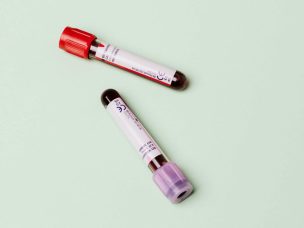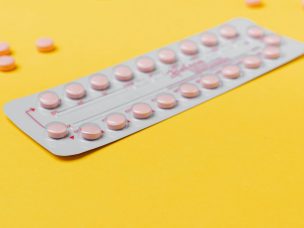Levels of angiotensin-converting enzyme 2 vary significantly in patients who are given angiotensin-converting enzyme inhibitors and angiotensin receptor blockers. Individuals taking angiotensin-converting enzyme inhibitors typically have reduced angiotensin-converting enzyme-2 levels. Angiotensin-converting enzyme-2 levels show a notable positive correlation with the female gender.
Angiotensin-converting enzyme 2 (ACE2) is one of the major enzymes of the renin–angiotensin–aldosterone system (RAAS), which regulates blood pressure and vascular tone in the cardiovascular system. ACE inhibitors (ACEIs) and angiotensin receptor blockers (ARBs) target the RAAS, which is crucial for cardiovascular and kidney function. This study, published in the journal BMC Pharmacology & Toxicology, discussed how RAAS inhibitors affect ACE2 levels in healthy volunteers and patients with chronic cardiovascular illnesses. Moreover, the study investigated the impact of ACEIs and ARBs on the activity of ACE2 and aimed to determine the association between ACE2 and various anthropometric and clinical-pathological variables.
Clinical Characteristics and Patient Demographics
A total of 100 people participated in this prospective case-control study, comprising 60 patients with chronic cardiovascular illnesses who were receiving ACEI or ARB treatment and 40 healthy control participants.
Differences in ACE2 Levels Among ACEI and ARB Groups
The evaluation of ACE2 levels in various groups indicated significant differences between ACEIs and healthy groups (p = 0.006), and ACEIs and ARBs groups (p = 0.001) following post hoc analysis. However, no significant difference in ACE2 level was observed between ARBs and healthy controls (p = 0.716). Age-wise analysis showed no significant variations in ACE2 levels among patients in ACEIs or ARBs groups for individuals less than 55 years of age or those over 55 years (p = 0.099).
The Correlation Between ACE2 Levels and Age
There was no significant difference in ACE2 levels between heart failure patients with preserved, medium, or reduced ejection fraction (EF). However, a weak positive correlation was observed between ACE2 levels and age, whereas there was no correlation between ACE2 levels and BMI or EF. These results suggest that age may be a factor in regulating ACE2 levels in patients with heart failure.
BMI Diabetes and Myocardial Infarction Effects on ACEIs
The research findings indicate the absence of a correlation between body mass index (BMI) and ACE2 levels. Furthermore, no significant difference was observed in the ACE2 levels between diabetic and non-diabetic patients (p = 0.687). Patients with myocardial infarction exhibited lower ACE2 levels. (p = 0.002).
Impact of Beta Blockers or Diuretics on ACE2 Levels
No significant difference in ACE2 levels was observed between patients taking beta blockers or diuretics and those not taking these medications. Moreover, when investigating the association between EF and ACE2 levels, there was no difference in ACE2 levels between patients with normal, medium, or reduced EF (p= 0.62).
Impact of ACE2 Levels, Gender, and ACE Inhibitors on Health
Female gender and the use of ACEIs had a significant effect on the levels of ACE2, whereas age and myocardial infarction had no effect.
Source:
Fahmy, S. F., Derany, M. O. E., Khorshid, H., Saleh, A., & El-Demerdash, E. (2023). Effect of renin angiotensin blockers on angiotensin converting enzyme 2 level in cardiovascular patients. BMC Clinical Pharmacology, 24(1). https://doi.org/10.1186/s40360-023-00667-w










